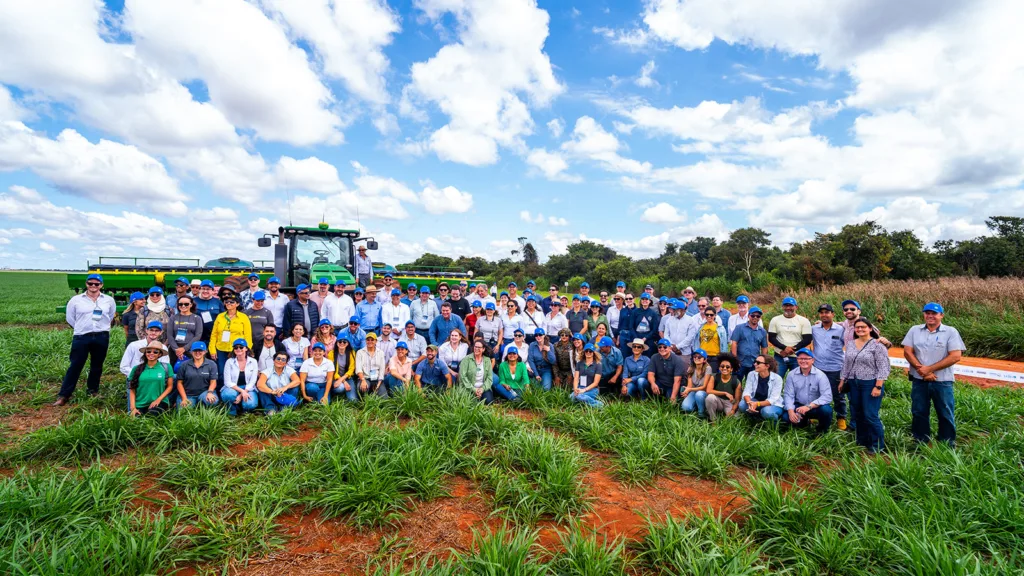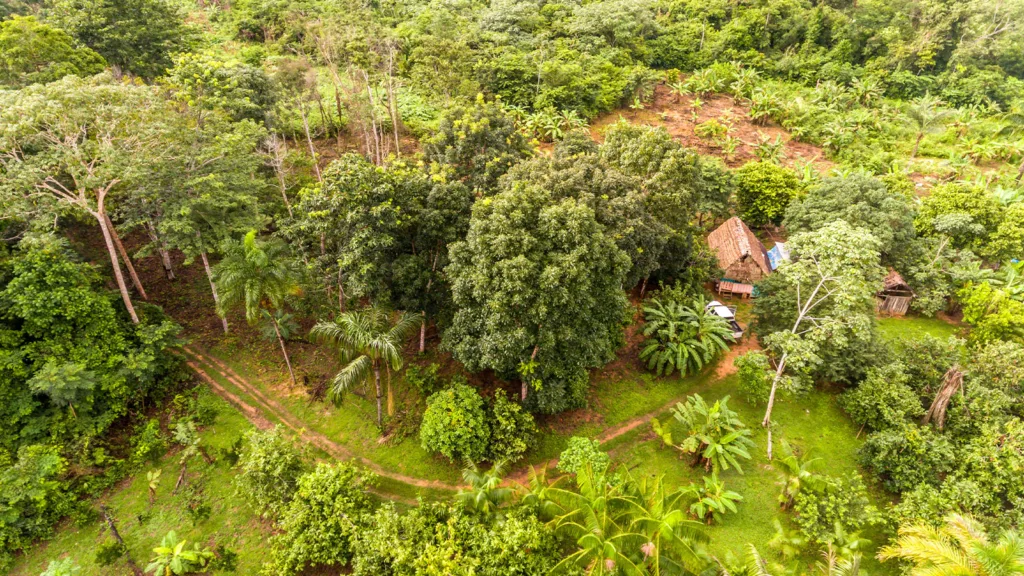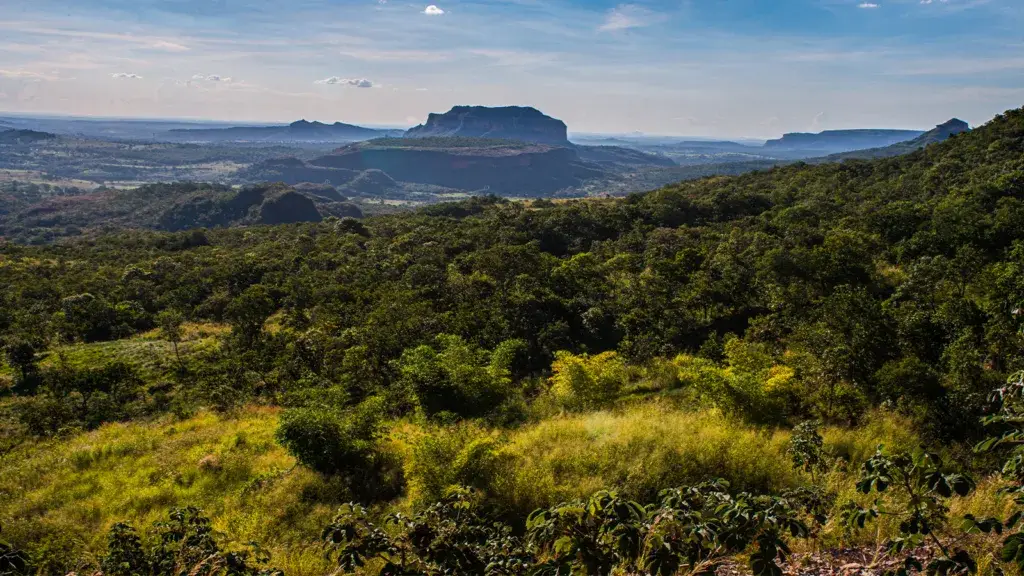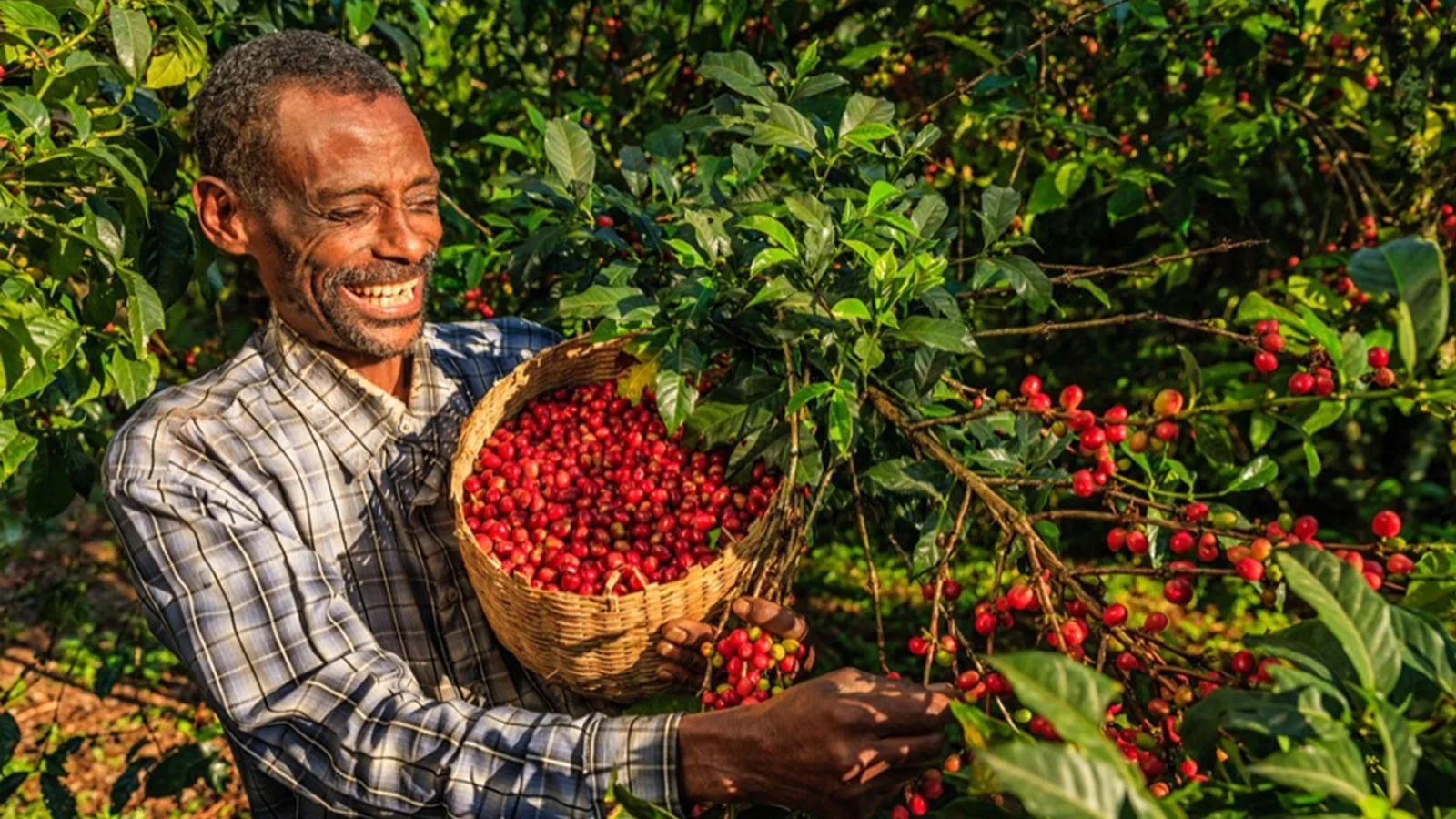Authors
Myriam Sainz, Senior Director – Strategic Initiatives – TechnoServe
Year after year, coffee farmers Fedila and Mustafa saw yields decline on their 0.5-hectare plot in southern Ethiopia. Aging coffee trees and increasingly erratic weather made it hard for them to earn a living income. So when a new program launched to provide agronomy training in their community, they were eager to learn.
By rejuvenating the coffee trees, applying compost to their soil, and adopting other regenerative practices, the couple transformed their farm. Over eight years, their annual coffee harvests grew from 200 kilograms to 4,300 kilograms–a 23-fold increase.
For Fedila and Mustafa, the benefits of transitioning toward regenerative production were clear. But would this be the case for other smallholder coffee growers around the world? And would investing in this transition pay off for businesses, governments, and the planet?
New research offers a resounding answer to both questions: yes.
Quantifying the Benefits of Regenerative Production
The study by international nonprofit TechnoServe, with support from Nestlé, JDE Peet’s, and the Rudy & Alice Ramsey Foundation, makes the investment case for regenerative coffee in nine leading producer countries.
It found that regenerative production can increase smallholder farmer incomes by an average of 62%, boost coffee exports by 30% across seven countries, and reduce greenhouse gas emissions by 3.5 million tons of CO₂e annually1.
In each country, agronomists and practitioners identified a shortlist of practices with the greatest potential to benefit farmers and the environment. The report’s authors then used real-world data to model how these practices would affect emissions, farm productivity and earnings, and production costs over time and at different scales — starting at the farm level and scaling up to estimate the cumulative impact nationwide.
This approach yielded not only global insights, but a nuanced picture of the opportunities in each country and region. In leading producing countries Brazil and Vietnam, for example, regenerative production could contribute to a significant decrease in coffee’s carbon footprint, while it could drive a 52% increase in Uganda Robusta exports. Smallholders in Ethiopia, like Fedila and Mustafa, could expect their incomes to rise by 88% due to the adoption of regenerative practices.
“We’ve experienced first-hand how implementing regenerative practices helps farmers tackle long-standing challenges like profitability and climate impact. This detailed study offers a clear, practical path to implementing regenerative agriculture at scale—one that requires industry-wide collaboration,” said Nadia Hoarau-Mwaura, global responsible sourcing director for JDE Peet’s.
An Investment with Clear Returns
The study found that supporting this transition to regenerative agriculture would require a global investment of $560 million per year over seven years, funding technical assistance and financing that is tailored to the specific needs of smallholder farmers.
The economic returns dwarf these costs, however: the transition would boost global coffee exports by $2.6 billion annually and put an additional $2.1 billion in farmers’ pockets each year.
“This study further reinforces our conviction in supporting farmers in their transition to regenerative agriculture practices. We hope that it will bring and guide increased public and private investments, ensuring that these benefits can reach a greater number of coffee farmers worldwide,” said Marcelo Burity, head of green coffee development for Nestlé.
Making this vision a reality will require collaboration and innovation among farmers, businesses in the coffee value chain, governments and finance sector institutions to build strategic partnerships and farmer-centric investment mechanisms. Working collaboratively both at farm and at landscape levels, agrifood sector actors can ensure the long-term sustainability of the coffee sector, benefit nature and the climate, and improve the livelihoods of the world’s 12 million smallholder coffee farmers.
Fedila makes clear what the transition has meant to her and Mustafa. Before, farming was a struggle. Now, she says, “Prosperity is flowing into our life like a river.”
Throughout 2025, agrifood businesses within WBCSD’s membership have been engaging in peer learning sessions to identify and discuss existing and new approaches to co-invest in large-scale landscape regeneration. Studies like TechnoServe’s are instrumental in creating the proof points needed by business to invest in regenerative agriculture.
Businesses eager to better understand their nature-related dependencies, impacts, risks and opportunities in coffee production landscapes can consult WBCSD’s landscape deep-dives (including one on coffee in Ethiopia), which provide recommendations on identifying priority actions needed to avoid and reduce negative impacts and promote opportunities to restore and regenerate nature.
Access the full TechnoServe report here.
TechnoServe contact: Paul Stewart, Global Coffee Director (pstewart@tns.org)
[1] Figures related to farmer incomes assume 50% adoption of regenerative practices among the 6.5 million smallholder farms within selected origins and archetypes. Net income uplift compares steady-state earnings of adopting farms (50% of each farm archetype) to baseline. Export figures assume all increased production is absorbed by export markets; percentage increase in exports excludes Vietnam and Brazil, where projected production gains are minimal relative to the scale of their current production. GHG estimates are based on Cool Farm Platform analysis.
Update
Outline
Related
Content

Brazil advances Regenerative Landscapes: Key takeaways from the AARL Cerrado Summit
29 April, 2025

Landscape Action: A Business Imperative for Supply Chain Resilience
27 January, 2025

From Dubai to Riyadh: the COP28 Action Agenda on Regenerative Landscapes reports on progress and launches first Landscape Accelerator in Brazil
5 December, 2024
